
What is the biological reason textured hair loses moisture at night?
Textured hair loses moisture overnight due to its raised cuticle structure, uneven sebum distribution, and friction, a challenge met by ancestral protective heritage.
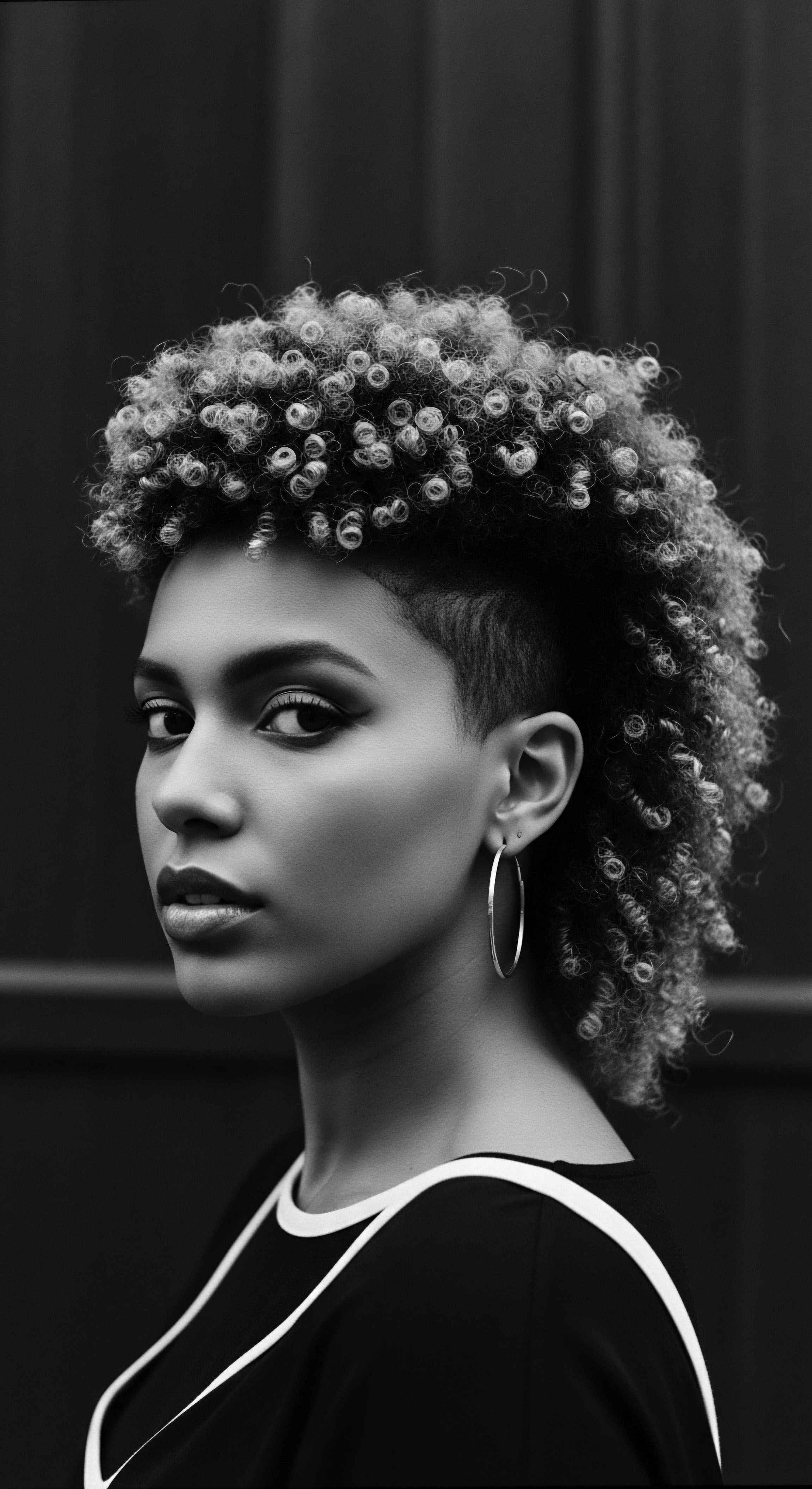
How does the structure of textured hair influence its oil needs?
Textured hair’s unique coiled structure and raised cuticles demand more oil to compensate for inherent moisture loss, a need long understood through ancestral care traditions.
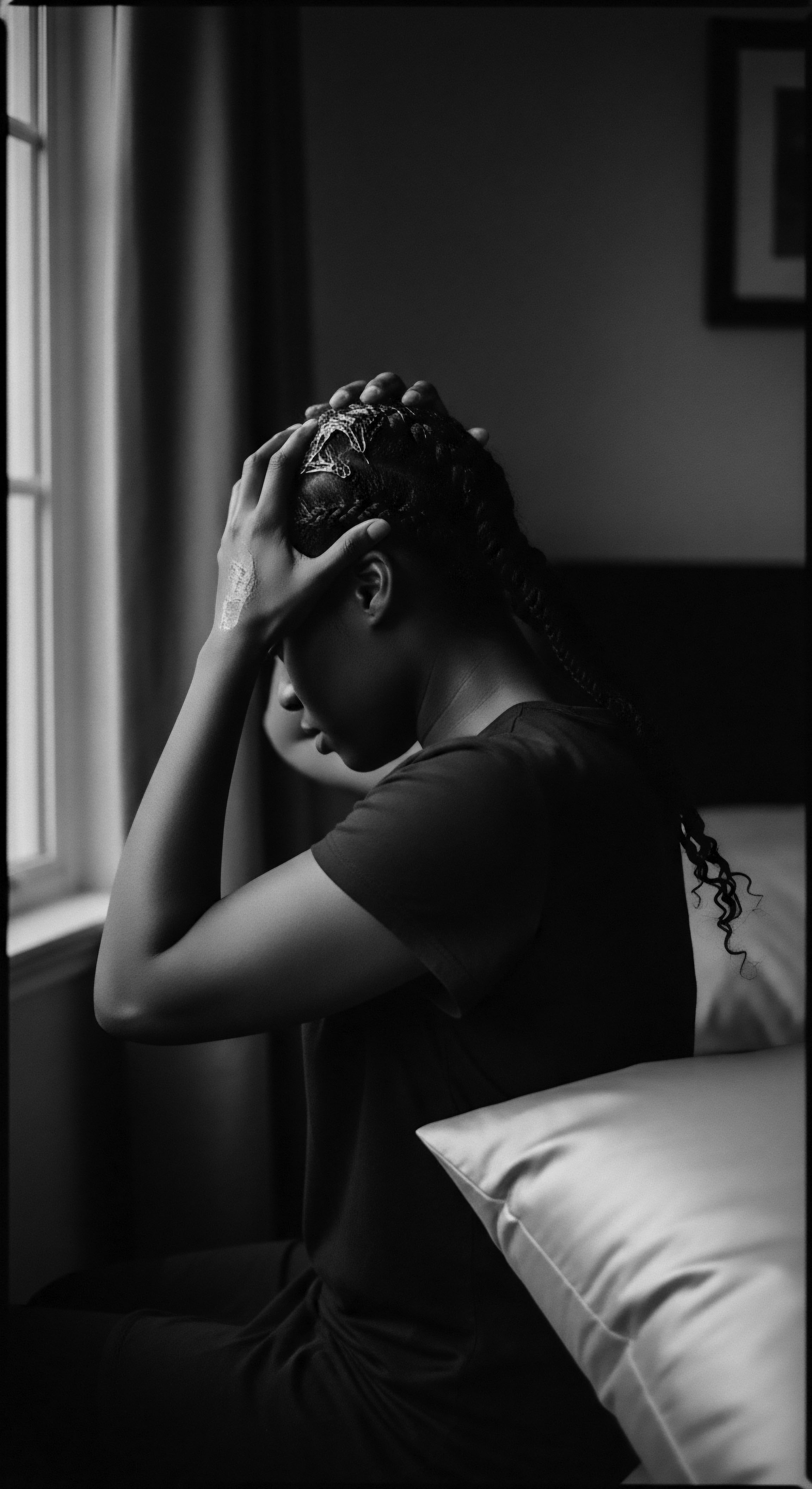
What is the biological reason for textured hair’s oil needs?
Textured hair’s unique coiled structure hinders natural oil distribution, creating an ancestral need for external lubrication.

Why is textured hair more prone to moisture loss?
Textured hair's unique structure, an ancestral adaptation, renders it more permeable to moisture departure.

What structural aspects of textured hair affect moisture retention?
Textured hair’s unique coiled structure and cuticle configuration inherently influence its moisture retention, a reality understood and addressed through ancestral practices for generations.

What is the biological reason for textured hair’s moisture needs?
Textured hair’s unique coiled shape and lifted cuticle scales hinder natural oil distribution, increasing moisture loss, a biological reality honored through ancestral care.

What is the biological reason for textured hair’s need for moisture?
Textured hair's unique structure, including its coiling pattern and lifted cuticles, naturally leads to greater moisture loss, a reality addressed by generations of ancestral care practices.
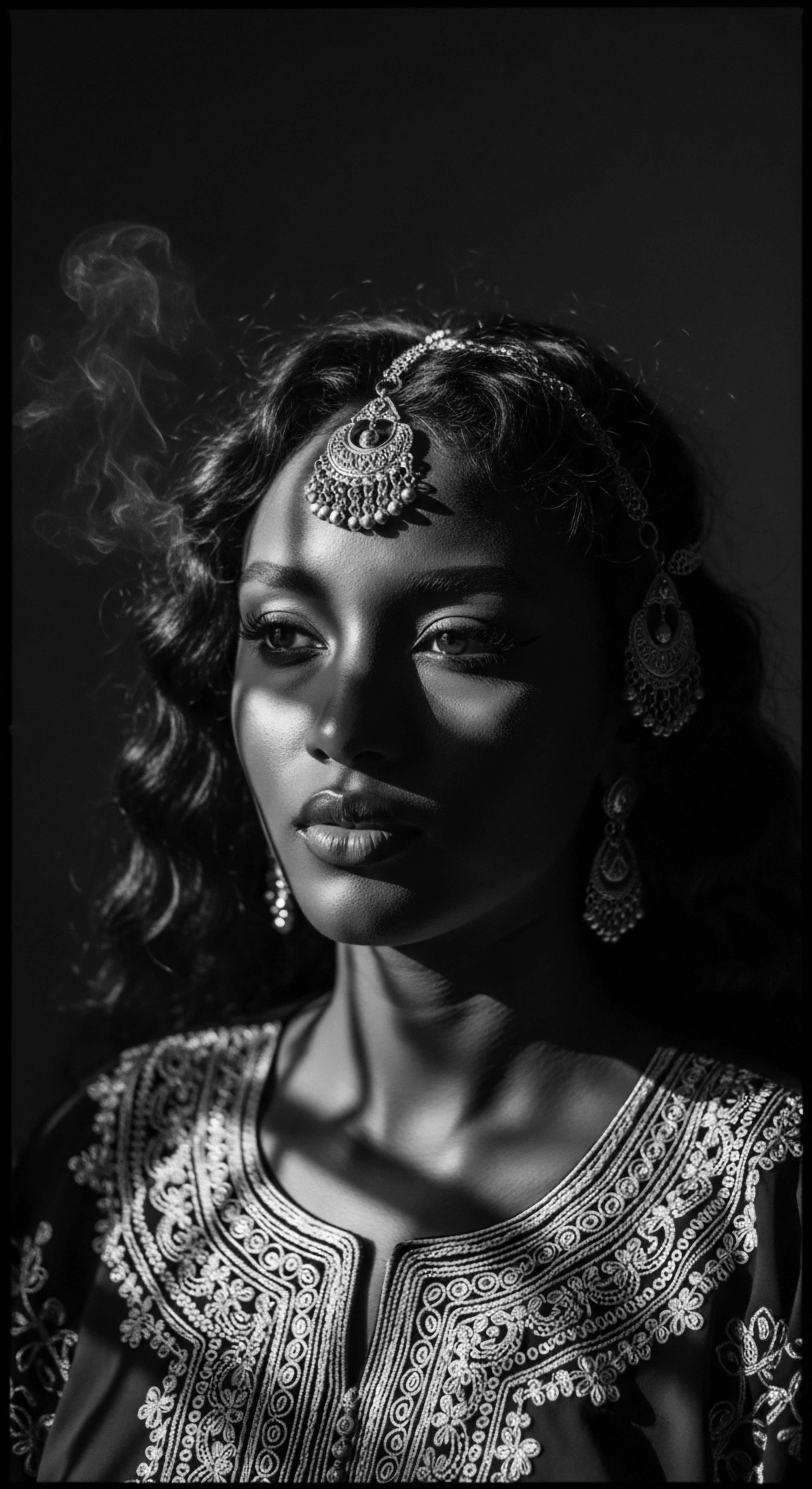
What scientific principles affirm the historical care of textured hair?
Scientific principles confirm historical textured hair care by validating ancestral wisdom in addressing unique curl anatomy and moisture needs, rooted in heritage.

What biophysical factors influence textured hair?
Biophysical factors like follicle shape, cuticle structure, and lipid composition profoundly shape textured hair, reflecting centuries of heritage and adaptation.

What is the biological reason for oiling textured hair?
Oiling textured hair protects its delicate structure, supplementing natural sebum distribution and reinforcing its ancestral heritage of vibrant health.
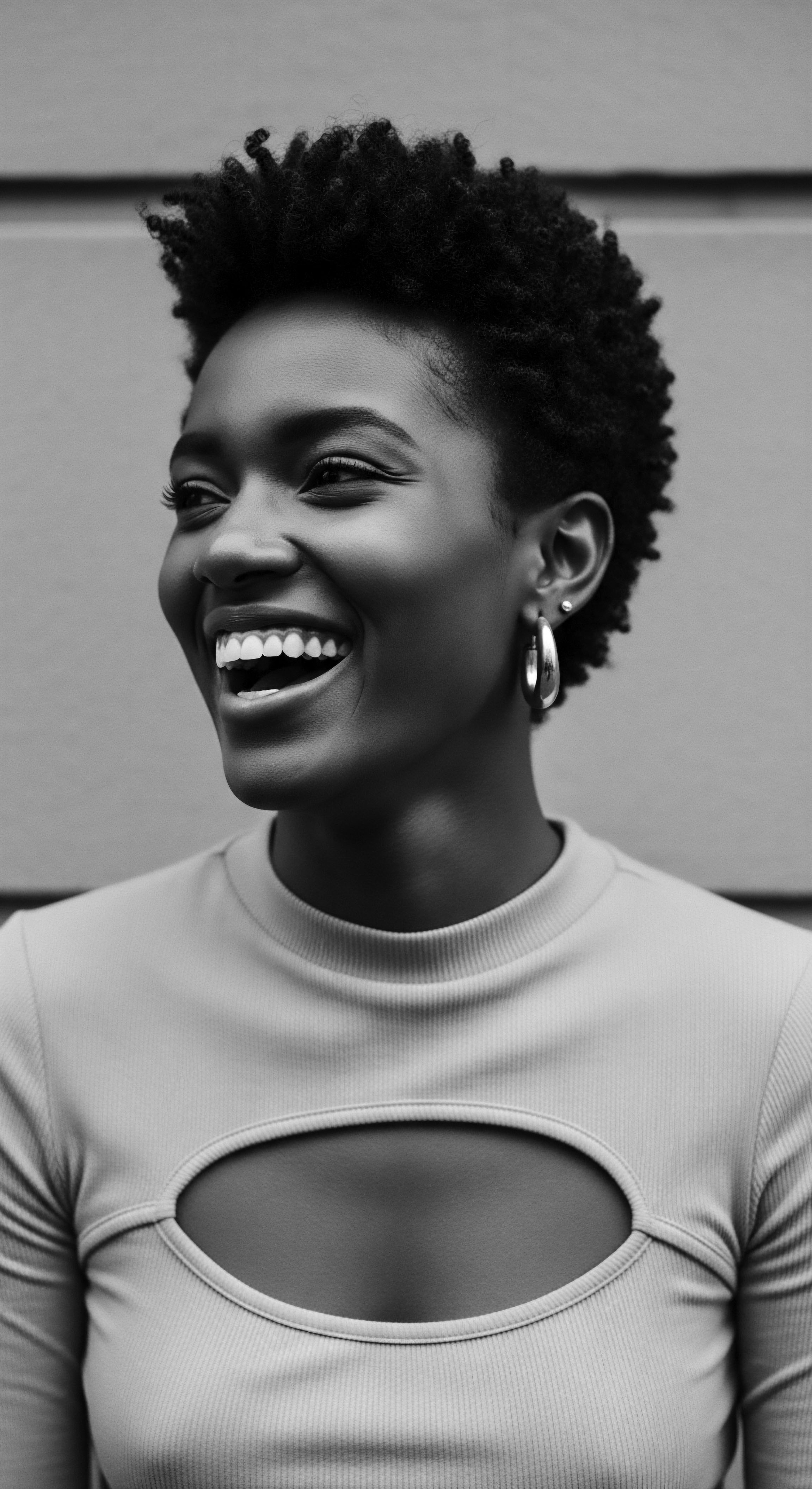
What causes textured hair to dry out?
Textured hair dries due to its unique structure, sebum distribution challenges, environmental exposure, and the historical impact of cultural shifts.

Why is textured hair particularly prone to dryness?
Textured hair's unique coil structure and sebum distribution challenges lead to quicker moisture loss, a reality long addressed by ancestral care practices.

Which traditional methods for hair health honored textured hair’s natural sebum distribution?
Traditional methods honored textured hair's natural sebum distribution by gently cleansing and applying nourishing oils to compensate for limited natural flow.

How does textured hair’s unique structure affect its oil needs?
Textured hair's coiling structure makes natural oils struggle to reach ends, necessitating external nourishment, a fact recognized by ancestral heritage.

How do textured hair genetics affect moisture absorption and retention?
Textured hair's genetic makeup, particularly its elliptical follicle and cuticle structure, profoundly dictates its unique moisture dynamics, echoing ancestral care.

What scientific understandings validate traditional textured hair practices?
Science affirms traditional textured hair practices through understanding unique biology and historical efficacy.

What scientific principles explain textured hair’s need for oils?
Textured hair requires oils due to its unique structure, aiding moisture retention and reflecting a rich cultural heritage of care.
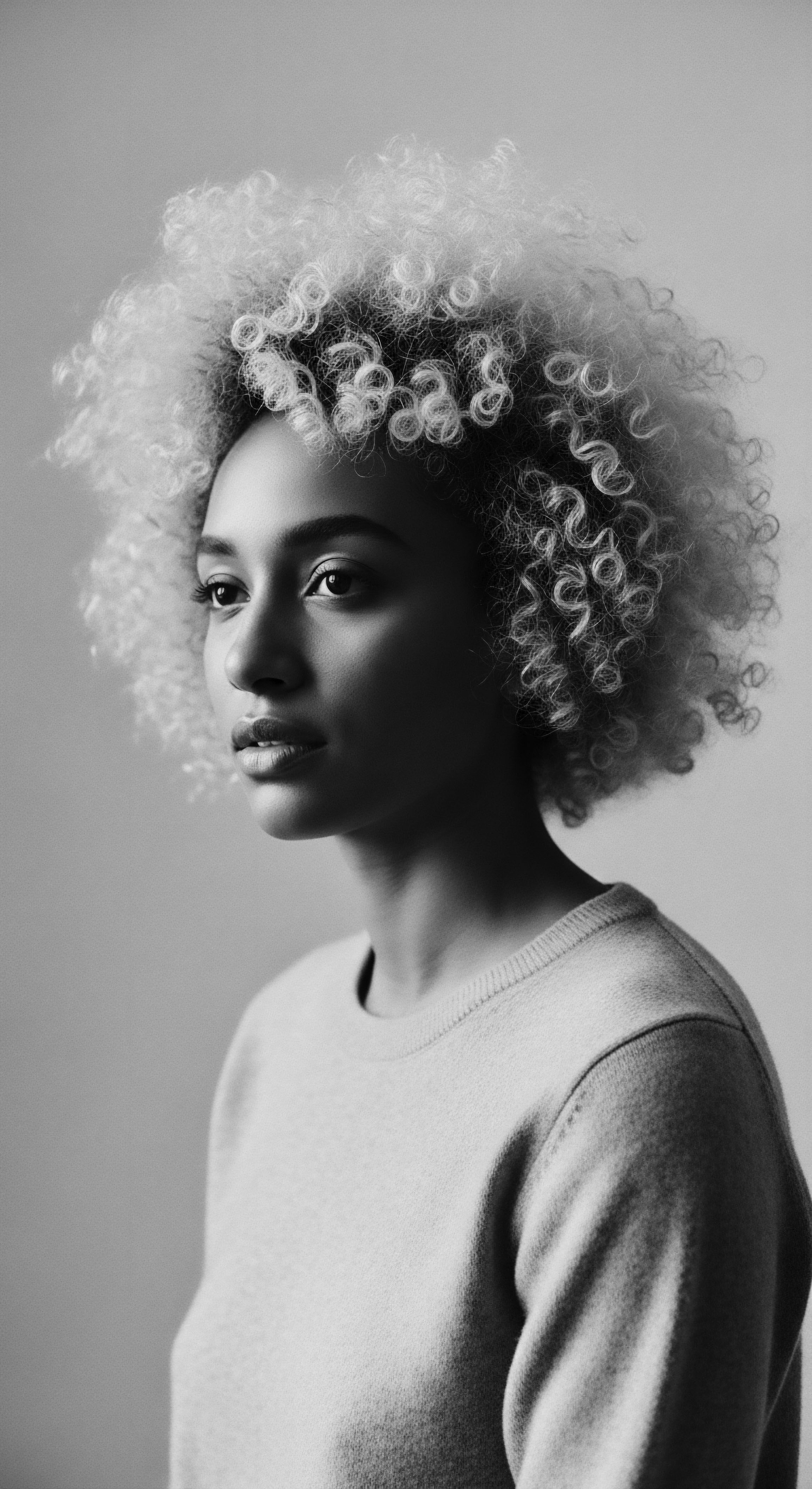
What is the biological basis for textured hair dryness?
Textured hair dryness arises from its unique coiled structure, hindering natural oil distribution, a reality long addressed by ancestral care practices.

Natural Lubrication
Meaning ❉ Natural Lubrication refers to sebum, the body's protective hair oil, whose natural distribution challenges in textured hair were met by ancestral care.

Sebum and Curl Patterns
Meaning ❉ This editorial defines sebum and curl patterns, exploring their biological interplay and profound cultural significance in textured hair heritage.

What is the biological reason textured hair requires specific hydration?
Textured hair's biological design, shaped by heritage, naturally requires consistent moisture to thrive and retain its integrity.

What biological features make textured hair need oils?
Textured hair’s unique coiling, elevated cuticles, and natural oil distribution challenges necessitate oils, honoring ancestral care wisdom.
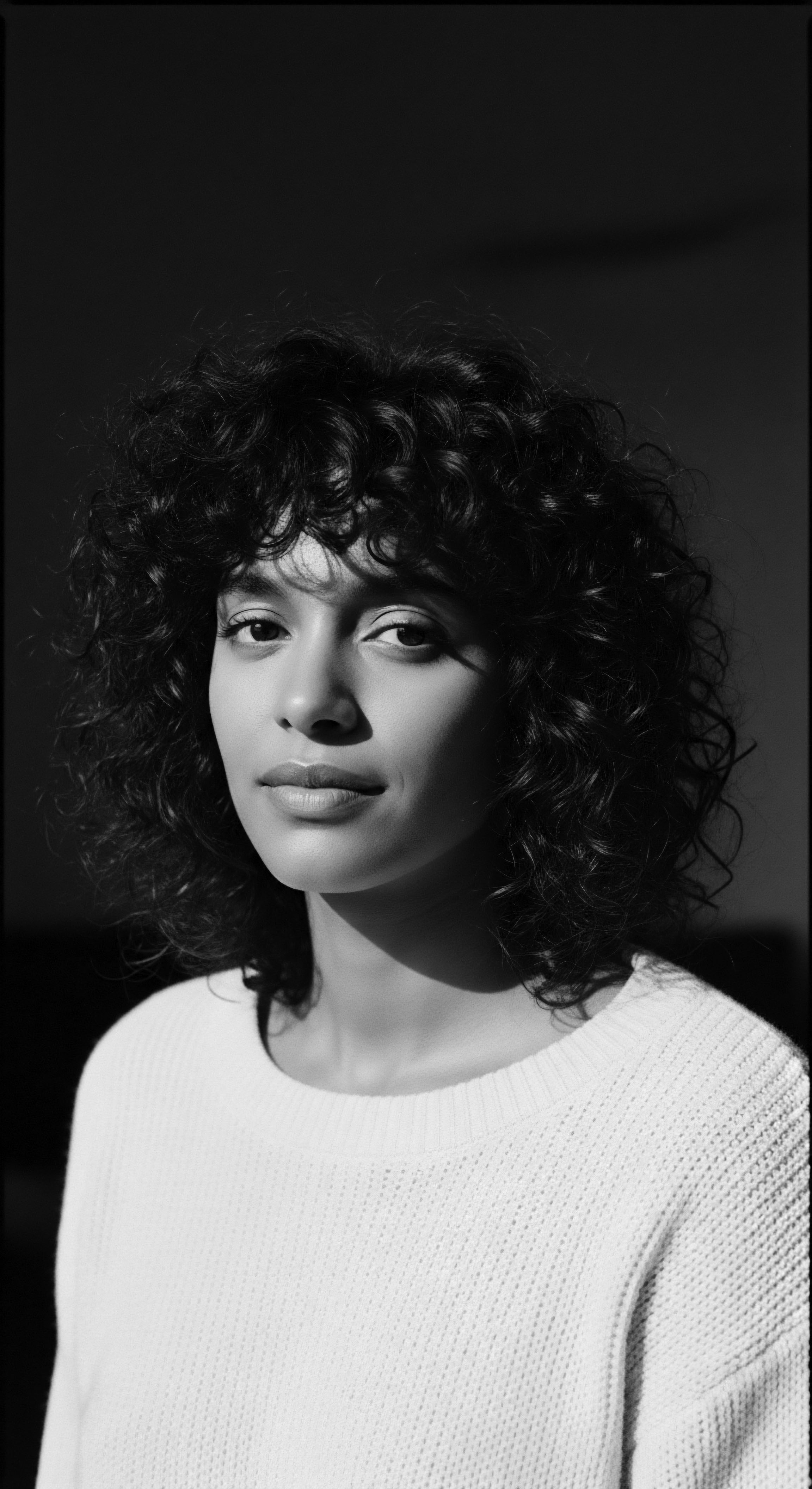
How does the unique follicular structure influence textured hair’s care needs?
The unique elliptical follicle of textured hair naturally limits sebum distribution, necessitating ancestral and modern moisture-rich care rooted in heritage.

What biological traits of textured hair validate protective styles?
Textured hair's unique biological traits, from coiled follicles to raised cuticles, inherently validate protective styles as essential heritage-based care, preserving ancestral wisdom and hair health.

